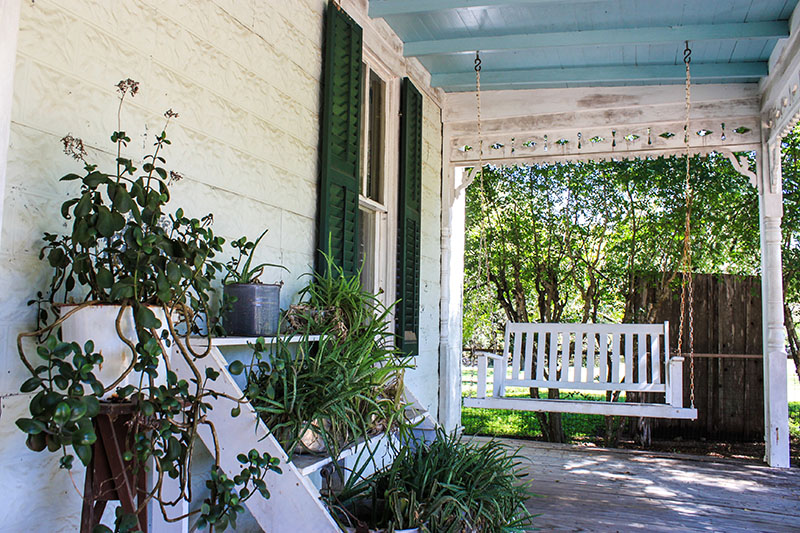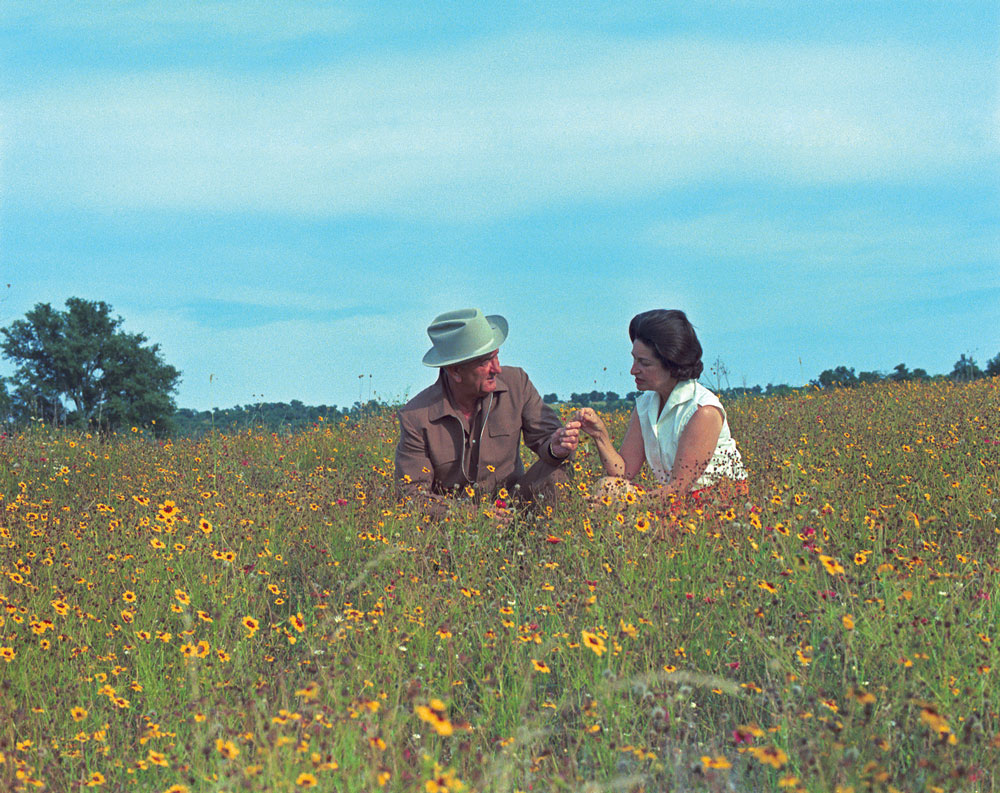
Alvin J. Wirtz in a photo owned by the Lower Colorado River Authority.
The story behind Wirtz Dam’s creation and naming includes backroom deals and good ol’ boy chicanery that created one of the world’s largest construction companies and paved a path to presidential power for a certain country politician. Originally named the Granite Shoals Dam, Wirtz Dam separates Lake LBJ from Lake Marble Falls on the Colorado River chain that makes up the Highland Lakes. The dam was named for Alvin J. Wirtz, an attorney and state senator prominent in the 1930s and 1940s. Wirtz began politics as the state senator from Seguin. He was run out of that town in 1934 when local farmers joined forces, accusing him of stealing their land for government projects. A 67-year-old farmer and former Texas Ranger marched into Wirtz’s office and started shooting. One person was killed and several injured. Wirtz resettled in Austin, where he established a law firm, but not before writing the bill that created the Lower Colorado River Authority, an entity his law firm then represented.
The first challenge Wirtz faced was finding a way to complete a half-finished dam in Burnet County. The construction company building the dam, which Wirtz represented, went bankrupt. Wirtz went to Washington, D.C., to get more money and enlisted the help of a young associate he was mentoring: Lyndon B. Johnson, then the legislative secretary for Rep. Richard M. Kleberg.
Buchanan Dam was first known as George W. Hamilton Dam, not after John Hamilton, a Burnet County founding father, but one of the bankrupt construction company’s engineers. When Wirtz realized he needed the help of Texas Congressman James P. “Buck” Buchanan, chairman of the House Committee on Appropriations, he used his connections to change the name. Buchanan was “touched by the gesture,” Robert Caro wrote in his book “Path to Power,” the first of an uncompleted, five-volume biography on President Johnson. Caro includes a full accounting of Wirtz’s dealings, such as redrawing Buchanan’s congressional district to include Burnet County and the dam.
When all was said and done, Wirtz not only represented the bankrupt company in receivership, he also represented the newly appointed construction company: Brown and Root. And don’t forget, he represented the LCRA, the entity formed to run the dams after completion.
Wirtz was close to President Franklin Roosevelt, who ultimately made the dam a reality at Wirtz’s request. Under Roosevelt, Wirtz served as National Youth Administration and Under Secretary of the Department of Interior.
Alvin J. Wirtz died in October 1951. Granite Shoals Dam was renamed Wirtz Dam by the LCRA Board of Directors in December 1951.
suzanne@thepicayune.com












